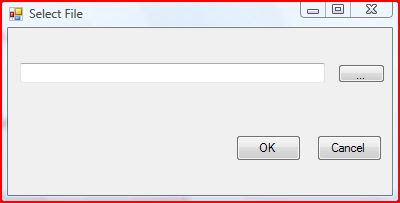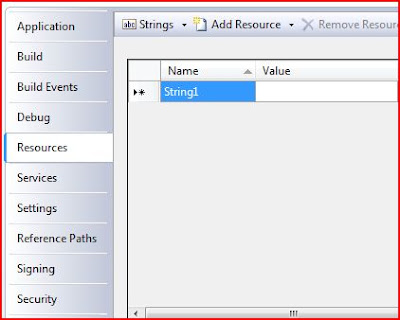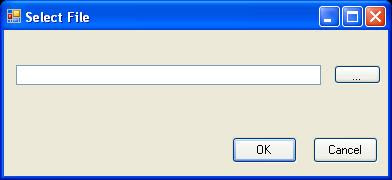C# Multithreading Example – Continuous Alert
A query from our good blog friend SnakyJake led me to code a small multithreading stuff. The following example will torment the user with beeps till he/she inputs some value.
First let us create a small class that will handle the beeps
public class ClassBeep
{
private volatile bool EnoughBeeping;
public void StartBeeping()
{
while (!EnoughBeeping)
{
Console.Beep();
}
}
public void StopBeeping()
{
EnoughBeeping = true;
}
}
ClassBeep has two public methods, one to start beeping (and continuing) with it and another to stop the beep.
We also have a volatile variable EnoughBeeping which sets/resets the Beeps
This is quite simple. Isn’t it.
The next step is to code the main function to get the user input.
Wait a minute … here are the directives
using System;
using System.Collections.Generic;
using System.Linq;
using System.Text;
using System.Threading;
The last one “System.Threading” is the one we have added to the default directives.
Let us create an object for our Beep class
ClassBeep CBeep = new ClassBeep();
and create a thread and attach the function to it
Thread CBeepThread = new Thread(CBeep.StartBeeping);
We can now start the additional thread (worker thread)
CBeepThread.Start();
while (!CBeepThread.IsAlive) ;
Beep starts …
Now we can provide some instructions to the main thread
Thread.Sleep(1);
Console.WriteLine("Please enter the name");
string sText = Console.ReadLine();
int iLen = 0;
iLen = sText.Length;
while (iLen == 0)
{
sText = Console.ReadLine();
iLen = sText.Length;
}
The above loop will be executed till the user inputs a value.
Once the execution comes out of the loop, let us stop the beep and join the worker thread with the main one
CBeep.StopBeeping();
CBeepThread.Join();
Here is the full code of the main module
static void Main(string[] args)
{
ClassBeep CBeep = new ClassBeep();
Thread CBeepThread = new Thread(CBeep.StartBeeping);
CBeepThread.Start();
while (!CBeepThread.IsAlive) ;
Thread.Sleep(1);
Console.WriteLine("Please enter the name");
string sText = Console.ReadLine();
int iLen = 0;
iLen = sText.Length;
while (iLen == 0)
{
sText = Console.ReadLine();
iLen = sText.Length;
}
CBeep.StopBeeping();
CBeepThread.Join();
Console.WriteLine("Welcome {0}", sText);
}
Try it out. You can try overload of Beep Function to make your user have soothing and rhyming beeps as background.
Hope you get things done through beepsJ










































































